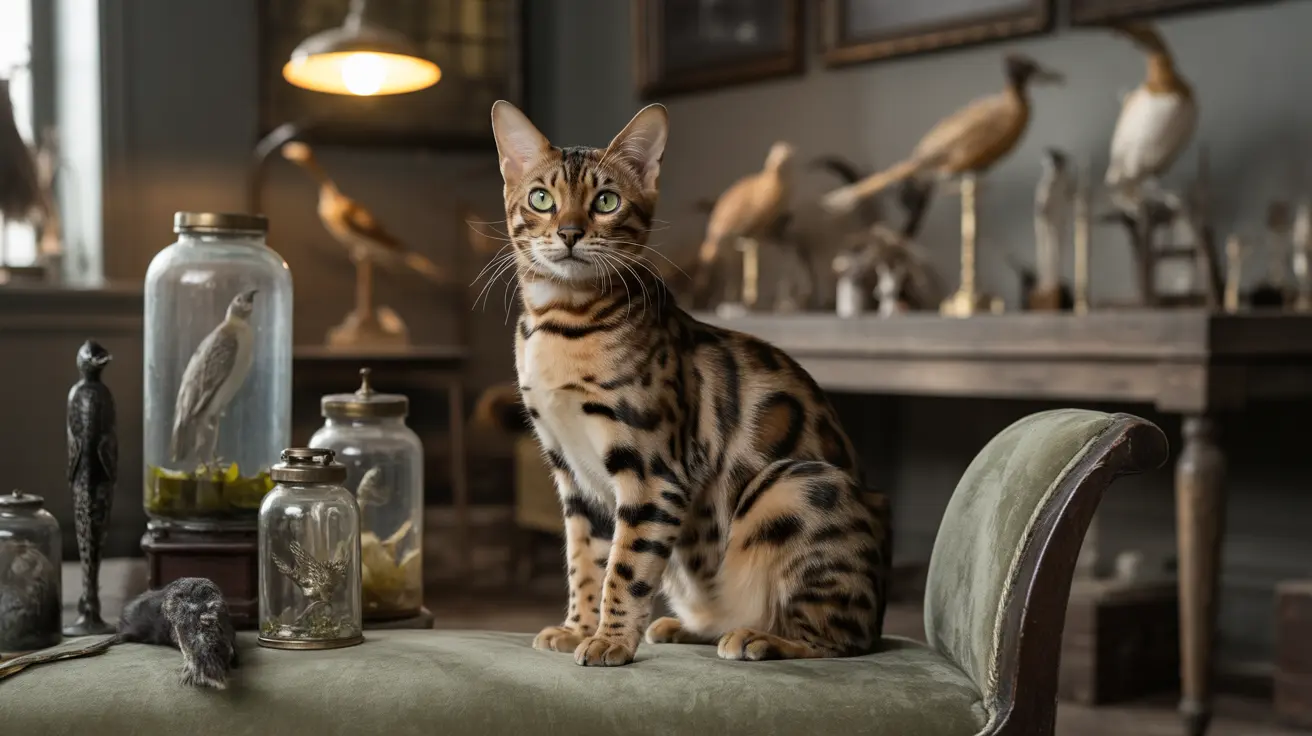When pet owners face the loss of their beloved feline companion, some choose taxidermy as a way to create a lasting memorial. This comprehensive guide explores the various methods, costs, and considerations involved in cat taxidermy and pet preservation, helping you understand your options for memorializing your pet.
From full-body preservation to skeletal articulation, modern taxidermy offers various ways to honor your cat's memory. We'll explore everything from traditional methods to innovative preservation techniques, along with detailed pricing information and important factors to consider.
Understanding Cat Taxidermy Methods
Cat taxidermy typically involves one of two main approaches: freeze-drying or traditional taxidermy. Freeze-drying preserves the entire body through a careful dehydration process, maintaining the pet's natural appearance. Traditional taxidermy involves preserving the skin and creating an artificial form to recreate the animal's shape.
Both methods require significant expertise and specialized equipment to achieve lifelike results. Professional taxidermists work meticulously to capture your pet's unique features and personality through careful attention to detail in positioning, facial expression, and overall presentation.
Cost Breakdown for Pet Preservation
The cost of cat taxidermy varies significantly based on several factors. Full-body preservation typically starts at around $750 for cats under one pound, with prices increasing based on weight. Larger cats can cost $1,500 or more, with additional charges for custom poses or special requirements.
Alternative preservation methods also vary in price:
- Skeleton articulation: $1,550-$3,500
- Partial preservation (paws, tail): $250-$500
- Fur preservation: $250-$1,000
- Custom display cases: $200-$1,000
The Preservation Process and Timeline
Cat taxidermy is a detailed process that requires patience. Most projects take 4-10 months to complete, depending on the chosen method and complexity. The timeline typically includes:
- Initial preparation and positioning: 1-2 weeks
- Freeze-drying process: 3-6 months
- Finishing work and detailing: 2-4 weeks
- Final touches and display mounting: 1-2 weeks
Choosing the Right Preservation Method
Selecting the appropriate preservation method depends on various factors, including your budget, display preferences, and emotional comfort level. Some pet owners prefer skeletal articulation as a more scientific approach, while others choose partial preservation options like preserved paws or fur keepsakes.
Consider these factors when making your decision:
- Available space for display
- Budget constraints
- Personal comfort level with different preservation methods
- Desired level of realism
- Long-term maintenance requirements
Professional Considerations and Quality Assurance
When selecting a taxidermist, prioritize experience and reputation over cost. Quality work requires specialized skills and attention to detail. Ask to see previous examples of their work, particularly with cats, and request references from past clients.
Ensure your chosen professional provides clear communication about:
- Detailed cost estimates
- Expected timeline
- Preservation process
- Care and maintenance instructions
- Shipping and handling procedures
Frequently Asked Questions
What are the main differences between cat taxidermy and freeze-drying as preservation methods?
Freeze-drying preserves the entire body through dehydration, maintaining original tissues, while traditional taxidermy involves preserving the skin and creating an artificial form. Freeze-drying typically produces more natural results but can be more expensive and time-consuming.
How much does cat taxidermy typically cost and what factors influence the price?
Cat taxidermy costs typically range from $750 to $3,500, depending on the size of the cat, chosen method, and customization options. Key price factors include weight, preservation method, pose complexity, and display options.
How long does the cat taxidermy process take from start to finish?
The complete process usually takes 4-10 months, depending on the method chosen and the taxidermist's workload. Freeze-drying typically takes longer than traditional taxidermy methods.
Can I customize the pose and facial expression of my cat's taxidermy mount?
Yes, most taxidermists offer customization options for poses and expressions. However, certain poses may be limited by the condition of the remains, and custom positions typically increase the final cost.
What options are available for partial preservation, like preserving just a cat's tail, paw, or fur?
Partial preservation options include preserved paws, tails, fur sections, and whiskers. These can be mounted in display cases, turned into jewelry, or preserved in other creative ways. Costs typically range from $250-$500 per item.






